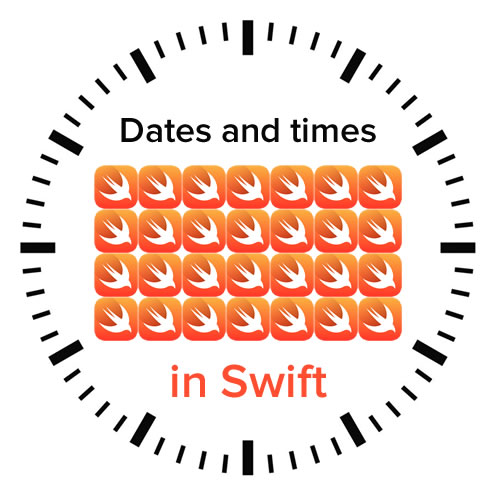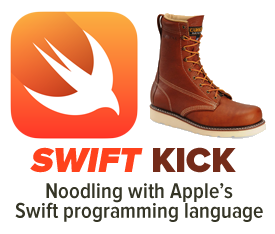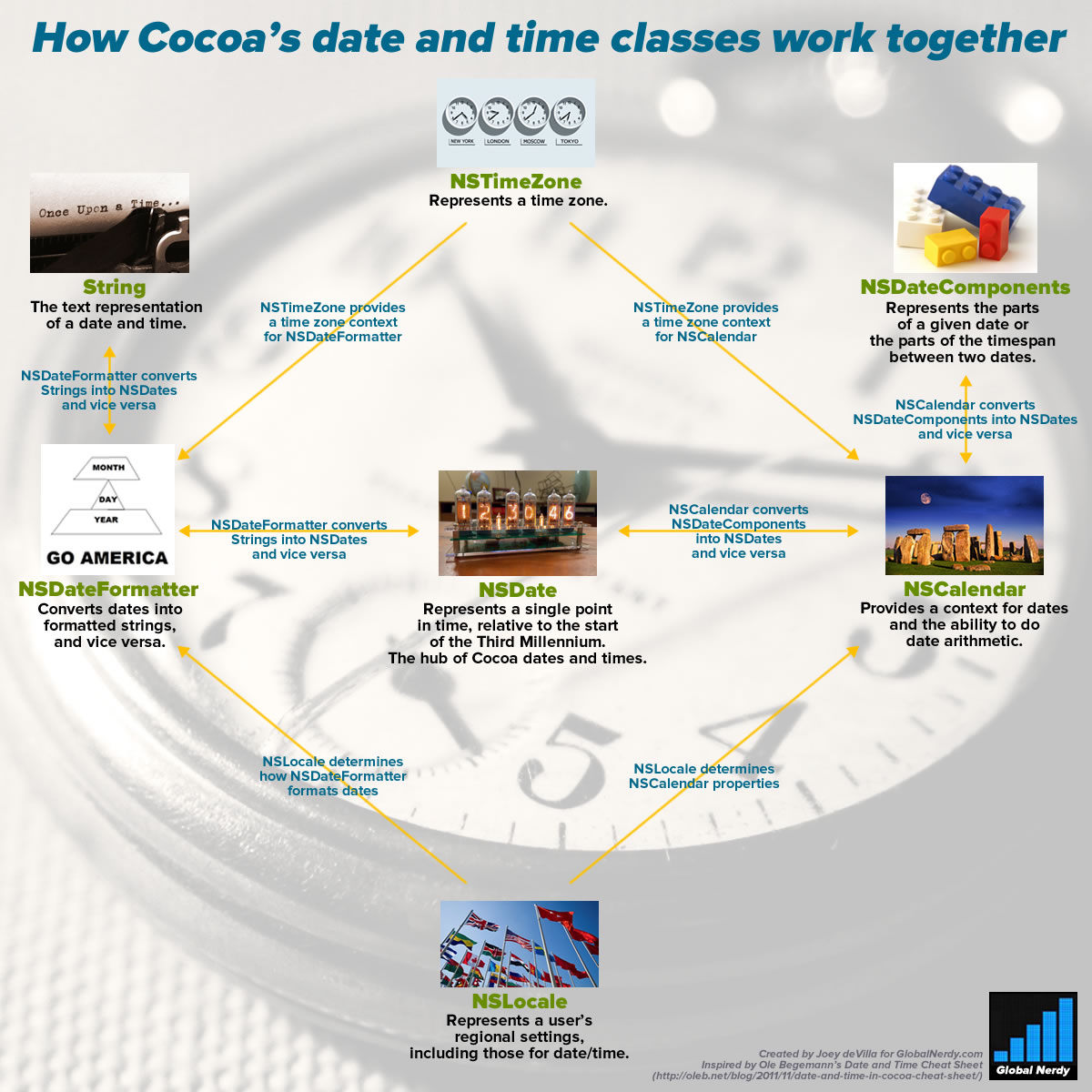
 My articles on working with dates and times in Swift have steadily been getting more readers, so I thought I’d gather all the links to them in one place and make them easier to find. I’m also in the process of gathering the content of these articles and pulling them together into a date/time utility module, which I’ll post on GitHub. I’ll let you know when that happens!
My articles on working with dates and times in Swift have steadily been getting more readers, so I thought I’d gather all the links to them in one place and make them easier to find. I’m also in the process of gathering the content of these articles and pulling them together into a date/time utility module, which I’ll post on GitHub. I’ll let you know when that happens!
In the meantime, my “How to work with dates and times in Swift” articles (so far):
A very brief introduction to date formatting in Swift and iOS: The oversight in a mostly-good book on Swift programming led me down the path of writing articles about dates and times in Swift, starting with this one, where I look at NSDateFormatter.
How to work with dates and times in Swift, part one: An introduction of Cocoa’s date and time classes, and how they work together. This article covers UTC (Coordinated Universal Time), and the key classes: NSDate, NSCalendar, NSDateComponents.
How to work with dates and times in Swift, part two: Calculations with dates: Now that we’ve got the basics, it’s time to do some date arithmetic: comparing two dates to see which one is the earlier and later one, finding out how far apart two dates are, and adding and subtracting from dates.
How to work with dates and times in Swift, part three: Making date arithmetic more Swift-like: Cocoa’s date and time classes have an Objective-C heritage, which in the Swift context, feel kind of clunky. In this article, I look at ways — and by ways, I mean helper functions and class extensions — to make date calculations feel more like Swift.
How to work with dates and times in Swift, part four: A more Swift-like way to get the time interval between two dates: This quick article shows you how to make an operator overload that makes getting the time interval between two dates more like subtraction.
Click the chart to see it at full size.
